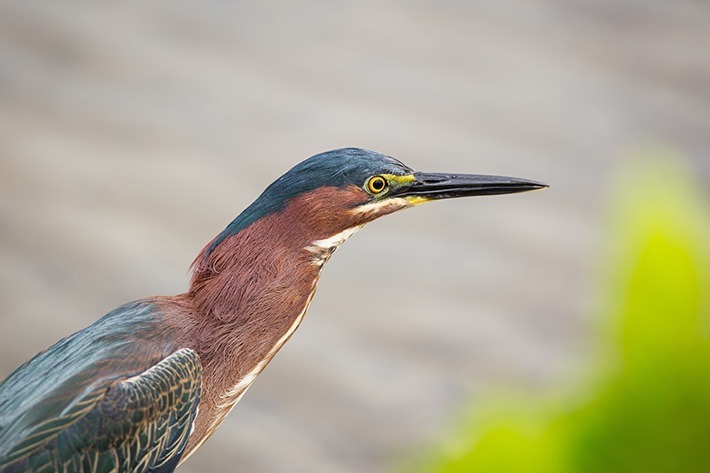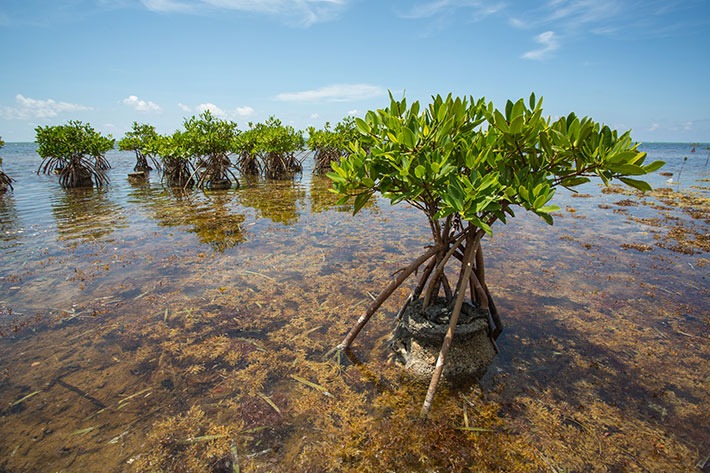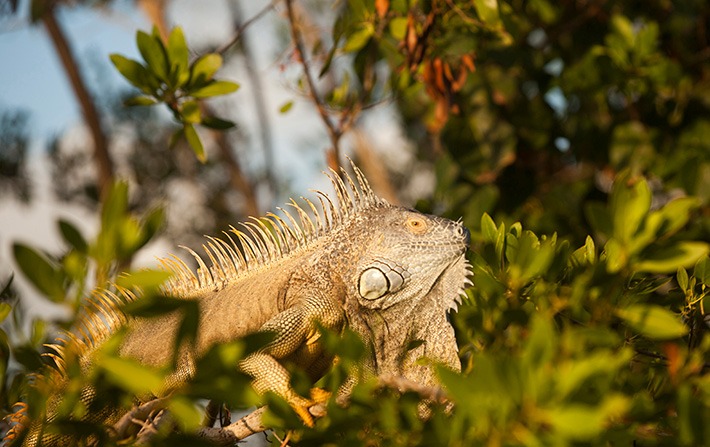Why mangroves matter to the Cayman Islands?

As a relaxing reprieve between in-water activities, or a digestive cruise after lunch out on the water with Crazy Crab, we like to show off our mangroves – not ‘mangoes’ – the collection of saltwater trees that grow here in the tropics. You are likely to see grazing egrets and herons, as well as juvenile fish and other marine fauna in this peaceful setting. Shutting off the engine and drifting along in the serenity of the mangroves allows a glimpse of what the Cayman Islands looked like before being built up in the 1900’s.
We are not the only ones that appreciate the peacefulness. Martin Luther King Jr., one of the leaders of the United States’ civil rights movement, used to escape to Bimini – a small island between Florida’s coast and the Bahamas. There in the mangroves, King Jr. would think, process, and pray, and its where he wrote his famous speech, “I Have a Dream”.
However, the mangroves play a crucial role beyond their beauty.

Mangroves protect the Cayman Islands and its nature
Being in the tropics, we have a season for hurricanes. Studies show that 100m deep of mangrove forest (mangal) can reduce wave height during a hurricane up to sixty-six percent. As a result, it is illegal to remove mangroves in Cayman without the appropriate permit. The more coastal mangal that is present, the better!
Also, beneath the surface, inside the interwoven roots of the mangroves is a bustling community of juvenile fish. Eighty percent of the fish you will see on our reefs start their lives in the mangroves, and research indicates that there may be twenty-five times more fish on a reef if there is a well-established mangrove community nearby.

Make sure you ask your captains to take you through the mangroves with our Mangrove Discovery Experience to peek into Cayman’s past and explore their importance in our present for yourself!


